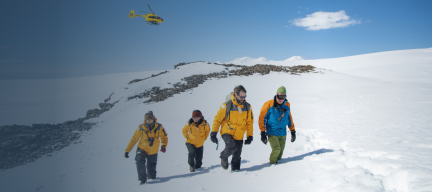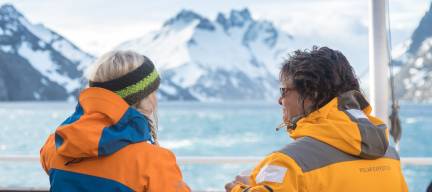
About Us

My Expedition
Greenland Blog
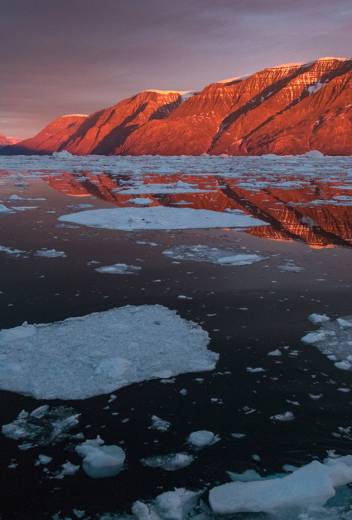
4 mins read
Greenland’s Vivid Landscapes: Raw, Undiscovered, and Unexpected
The first photographs I saw of Greenland were in black and white. At a glance, I was enchanted by the ruggedness of the topography, the authenticity of the Inuit culture; a landscape so surreal that it seemed like something out of a dream. The photographers were heroes in my eyes, modern icons who merged artistic pursuit with real polar exploration. A few years ago, I was fortunate to meet such a hero, photographer Ragnar Axelsson, whose book Last Days of the Arctic had been a favorite for years. When I looked at those pictures, those timeless black-and-white darkroom prints, I felt something profound – something like a sense of being alive. “Go to Greenland,” he told me. “There, above all else. It’s still raw, there.” A brilliant autumn sunrise in Gåsefjord, East Greenland. Leaving behind the tourist bustle of Iceland, I was astounded when Greenland poured out below the airplane in the most vibrant colors of any landscape I had seen. We descended over jagged peaks like animal teeth, sweeping glaciers fracturing into a crisp blue sea. Mineral deposits painted the hills red and magenta, the tundra blooming in fall foliage. What’s more – there was no one there. A vast wilderness, 44,087 km of largely uninhabited coastline, awaited exploration. During an expedition to Greenland with Quark Expeditions, the Ocean Nova navigates the glacial ice of Alpefjord, East Greenland. In September, the Greenlandic tundra transforms into brilliant fall foliage, like this bearberry and willow. Quark Expeditions passengers explore the valleys of Dream Bay, East Greenland. […]
Read Post

0 mins read
Greenland: Majestic Landscapes, Culture and Communities
Read Post
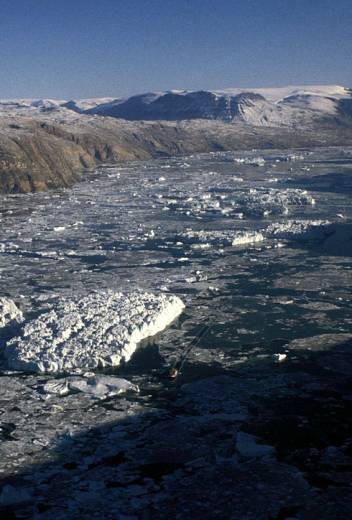
7 mins read
How We Made Expedition Travel History in Greenland’s Nordvestfjord
Read Post
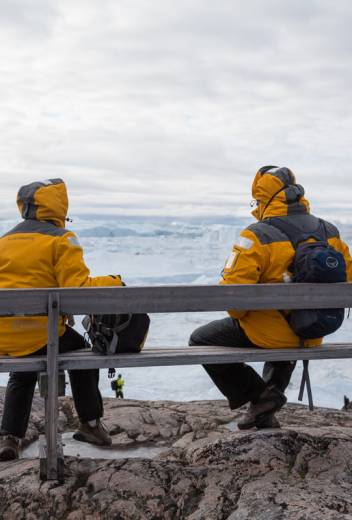
6 mins read
Experience Greenland: Where Should I Visit and Why?
Read Post

0 mins read
Greenland: Unforgettable Polar Moments
Read Post
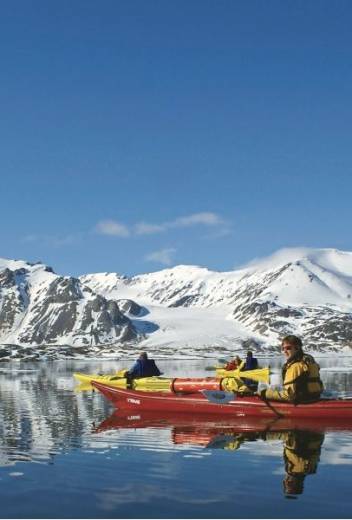
6 mins read
Sea Kayaking with Keith Perry in Greenland
Read Post

5 mins read
Extreme Greenland: 7 Ways the Big Island Changed Me
Read Post

5 mins read
5 Reasons Greenland Should Be Your Next Arctic Expedition Destination
Read Post

5 mins read
Top Arctic Views: 4 Vantage Points You Won’t Find Anywhere Else on Earth
Read Post
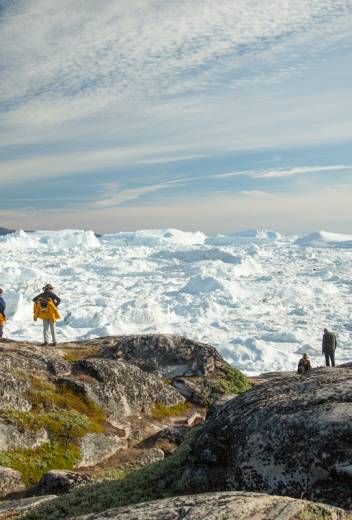
6 mins read
Top 10 Reasons to Visit the Arctic
Read Post
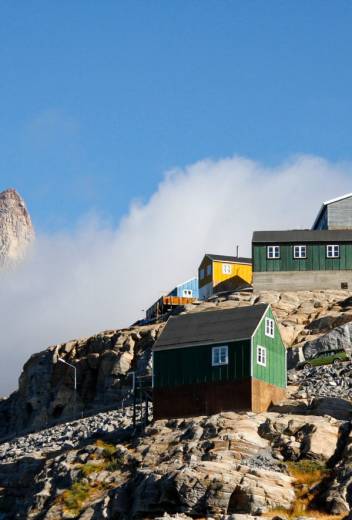
3 mins read
Visit Greenland to Meet the Tenacious, Inspirational People of the North
Read Post

15 mins read
The Insider's Scoop on Greenland
Read Post
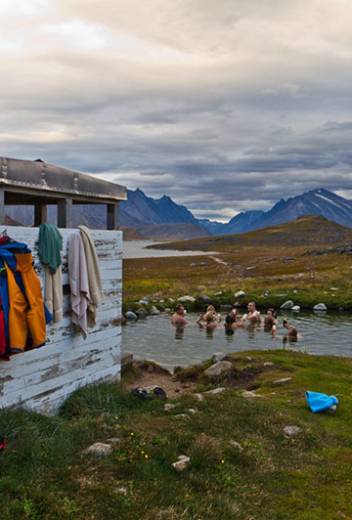
4 mins read
Visit South Greenland for Fjords, Rich History & Hot Springs
Read Post

4 mins read
Arctic Community: The Cultures and Peoples of the Far North
Read Post
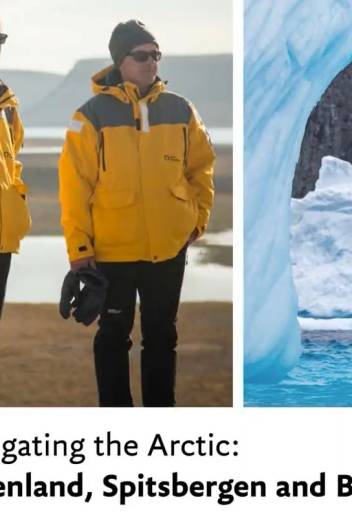
10 mins read
Navigating the Arctic: Greenland, Spitsbergen, and Baffin Island
Read Post
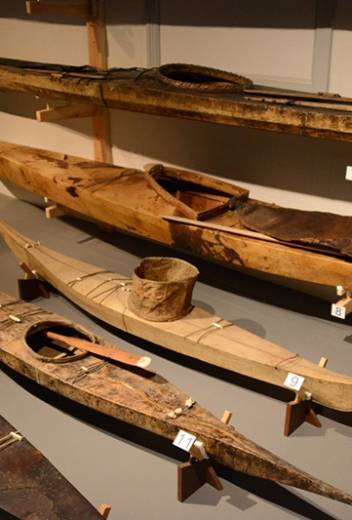
6 mins read
Greenland's Thule and Vikings: More Than Ancient History
Read Post
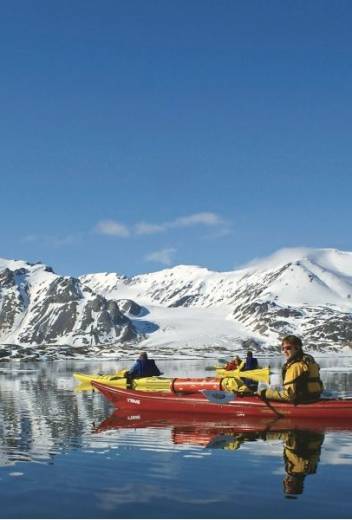
3 mins read
Jump in a sea kayak and take to the iceberg infested fjords of Greenland | City A.M.
Read Post
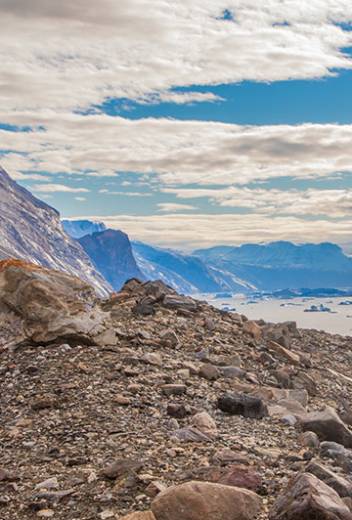
4 mins read
Take a Hike: Greenland’s Scenic Beauty & Challenging Terrain
Read Post

4 mins read
Explore Top Greenland Fjords: Ilullisat Icefjord, Alpefjord & More
Read Post

4 mins read
Arctic Express: Greenland & Back in 10 Days
Read Post

4 mins read
Erik the Red: The Explorer Who Tamed Greenland
Read Post

3 mins read
Inuit Throat Singing – A Mesmerizing Experience
Read Post

3 mins read
Polar Trips That Should Be On Your Bucket List
Read Post
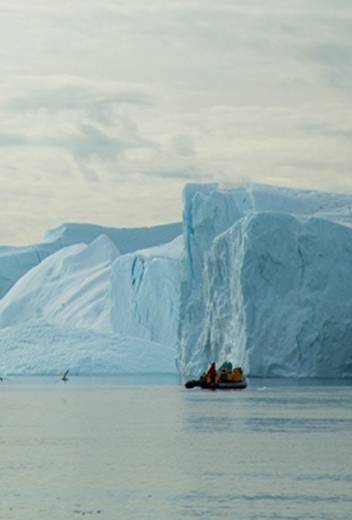
4 mins read
Greenland’s Ilulissat Icefjord UNESCO Site
Read Post

